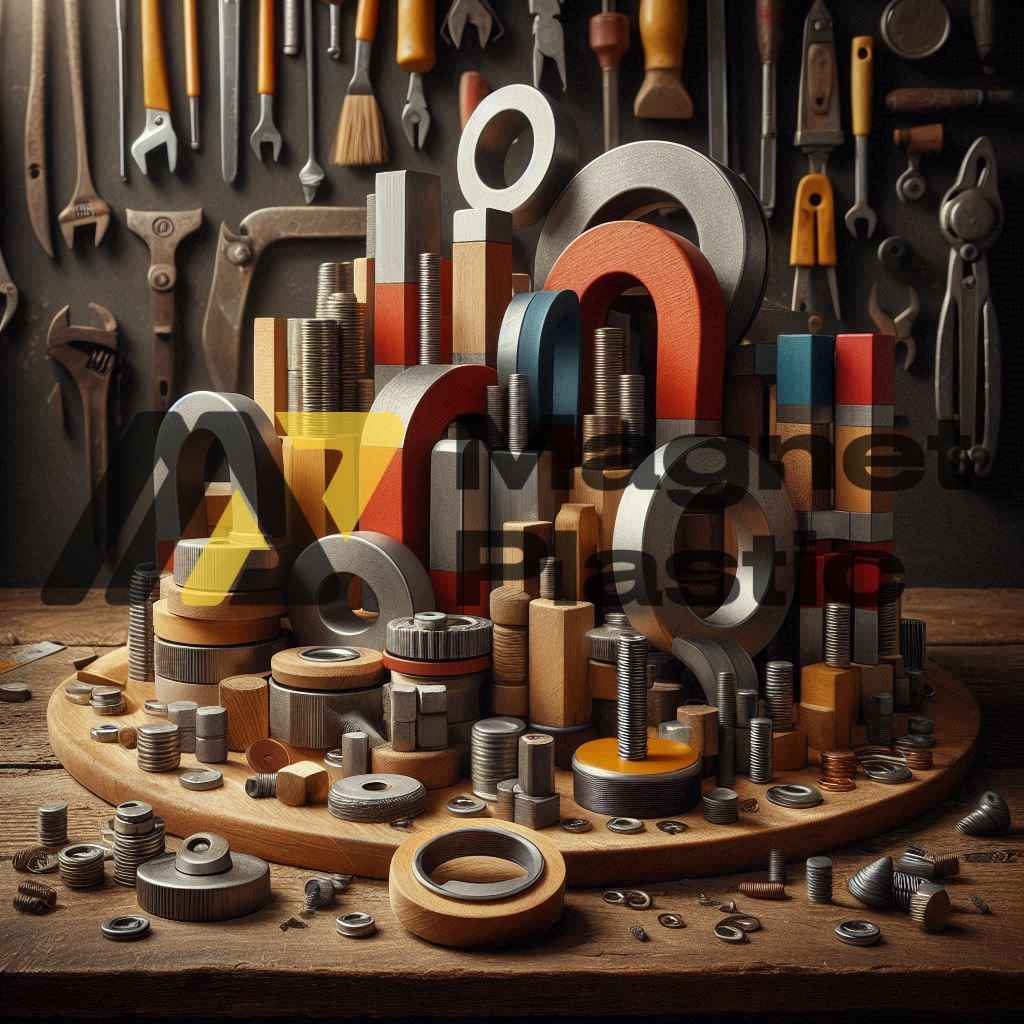The Importance and Types of Magnets in Industry
Magnets play a fundamental role in modern industry, being essential to a wide range of production processes. Their ability to generate magnetic fields makes them versatile tools, used in applications ranging from metal recovery to energy generation. The wide variety of magnets available on the market, along with different shapes and materials, allows them to adapt to multiple industrial environments and project needs.
Classification of Industrial Magnets
Industrial magnets are much more powerful than household magnets. They are primarily classified based on their magnetic strength, which depends on the type of material used and their design. They are divided into two main categories:
- Permanent magnets: Made from ferromagnetic materials, they retain their magnetic field over time without needing an external power source. These are often made from rare earth elements.
- Electromagnets: Require an electric current to generate a magnetic field. Their main advantage is the ability to control the intensity of the field.
Electromagnets: Controlled Power
Electromagnets are used when control over magnetic strength is necessary. They function through a coil powered by an electric current. They come in several types:
- Solenoids: Cylindrical in shape, composed of a metal core wrapped in wire. They are commonly used in switches and actuators.
- Rectangular: Featuring a “U”-shaped iron core, these provide a highly concentrated magnetic field and are commonly used in electric vehicles and maglev trains.
- Circular: Their cylindrical shape allows for a more stable and intense magnetic field, useful in tasks requiring high magnetic force and uniformity.
Permanent Magnets: Variety of Materials
Permanent magnets can be naturally occurring (within the Earth’s crust) or artificially produced by processing ferromagnetic materials. Based on their composition, they are divided into:
- Neodymium (NdFeB): The most powerful permanent magnets currently available. Used in hard drives, sensors, medical equipment, and small motors. Their main limitation is poor performance at temperatures above 200°C.
- Ferrite (Ceramic): Made from iron oxide and other metals like barium or strontium. They are cost-effective, corrosion-resistant, and commonly used in radios, speakers, microwaves, motors, and relays. While less powerful than neodymium, they have better heat resistance.
- Samarium-Cobalt (SmCo): Known for excellent resistance to demagnetization and high temperatures. Two types exist: SmCo₅ and Sm₂Co₁₇. These are used in turbines, aerospace, and defense applications.
- Alnico (Aluminum, Nickel, Cobalt): Highly stable at elevated temperatures (up to 425°C). Used in electric motors, guitar pickups, magnetic bearings, and military and aerospace systems. Due to their sensitivity to demagnetization, their shape and size are crucial.
Conclusion
Industrial magnets are critical in many sectors thanks to their ability to exert force without physical contact. Choosing the right magnet type depends on the application, environment, and performance requirements. Both permanent magnets and electromagnets continue to evolve, providing increasingly efficient, durable, and versatile solutions for today’s industrial challenges.
